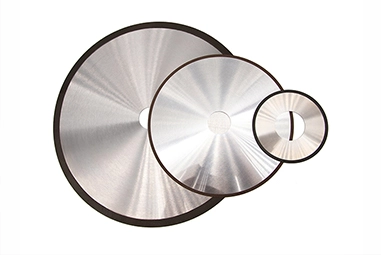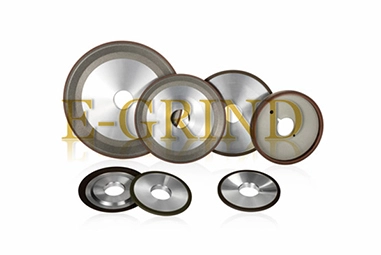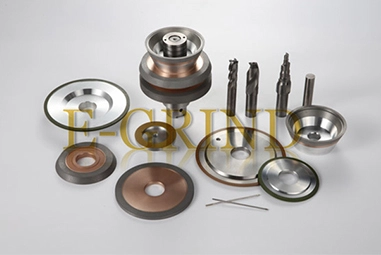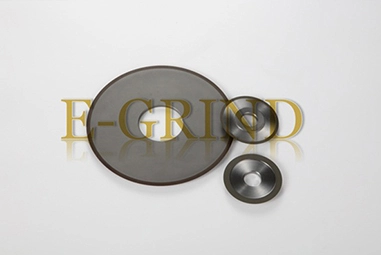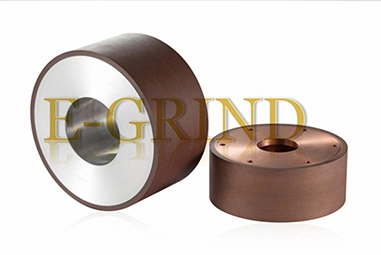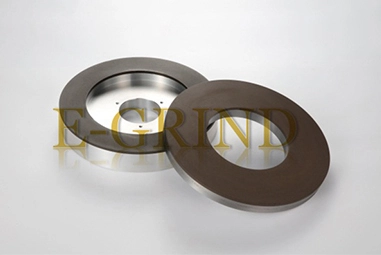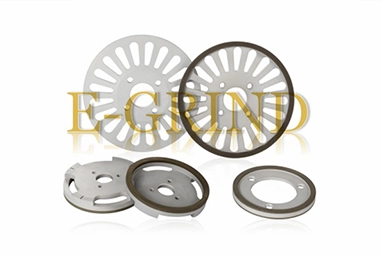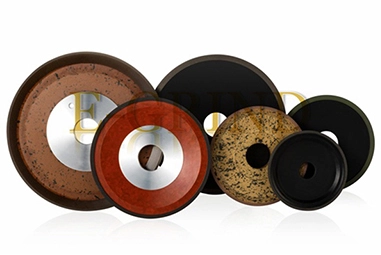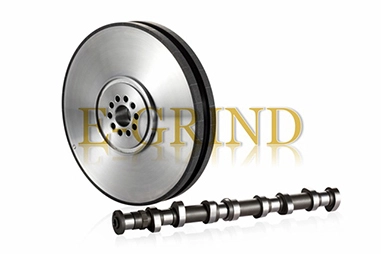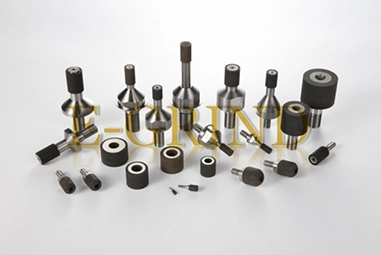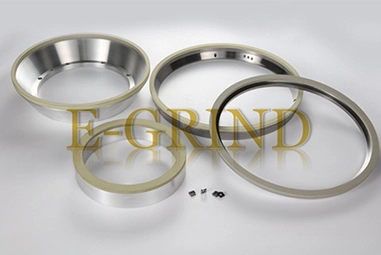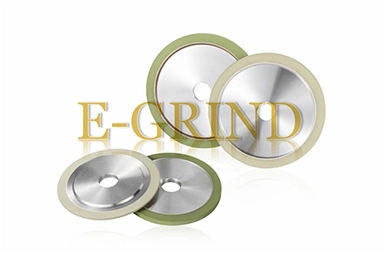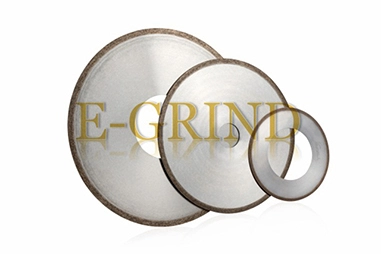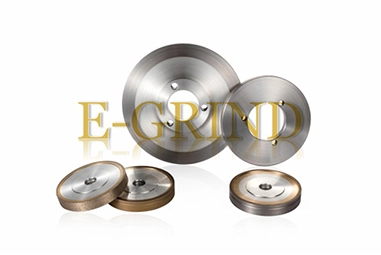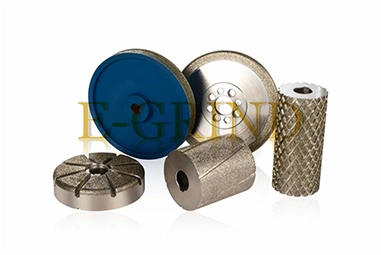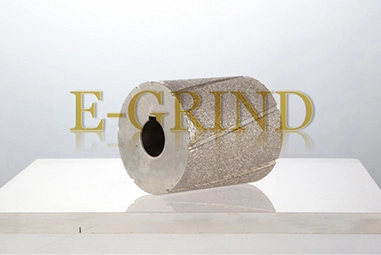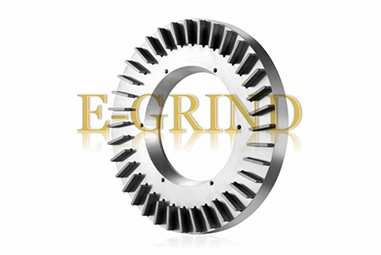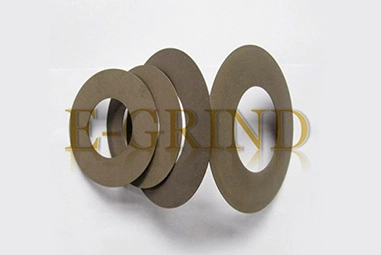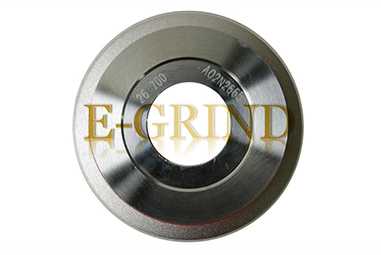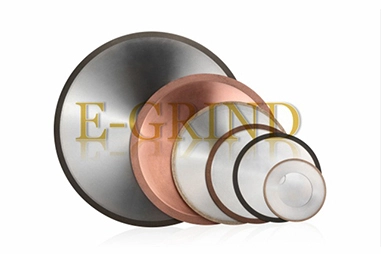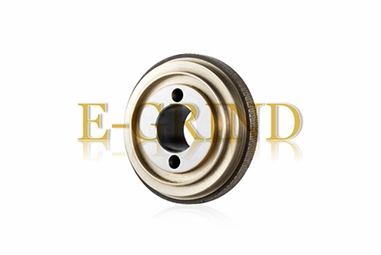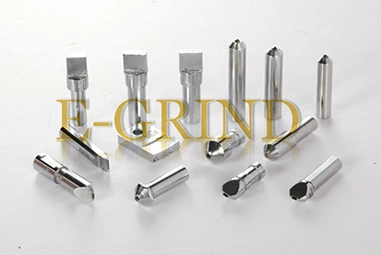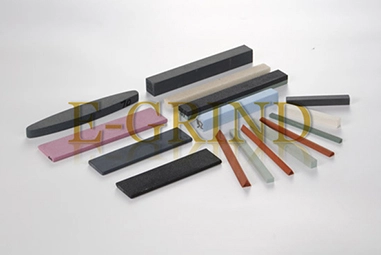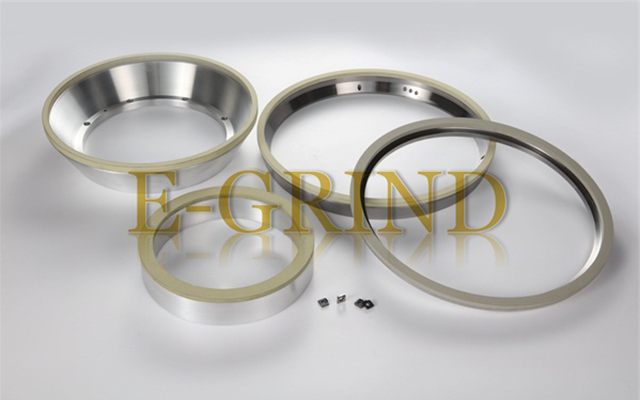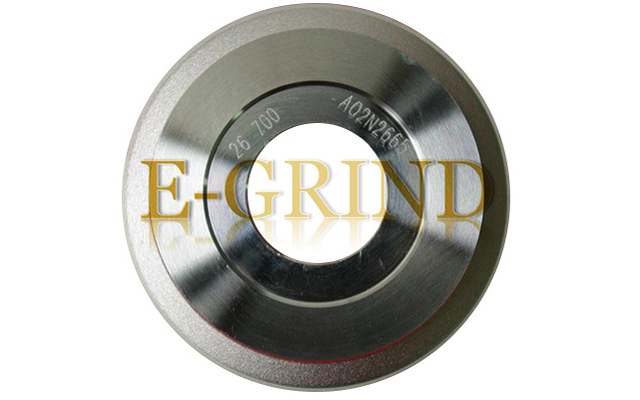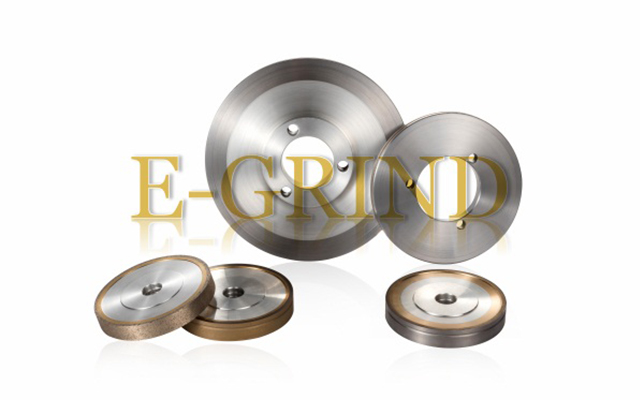Vitrified diamond grinding wheels are powerful tools used in various industries for precision grinding applications. Their exceptional cutting ability and durability make them a popular choice for materials such as ceramics, glass, and hard metals. In this blog post, we will explore the different types and classifications of vitrified diamond grinding wheels, shedding light on their unique features, benefits, and applications.
Understanding Vitrified Diamond Grinding Wheels
Vitrified diamond grinding wheels are manufactured by combining synthetic diamonds with a vitrified bonding agent. This bonding agent, typically a mixture of clay, feldspar, and silica, is heated and formed into various wheel shapes. The resulting abrasive tool possesses high strength, excellent heat resistance, and exceptional performance characteristics. These vitrified diamond grinding wheels are known for their precision grinding capabilities, making them ideal for applications that require tight tolerances and a superior surface finish.
Types of Vitrified Diamond Grinding Wheels
| Type | Composition | Best Suited For | Key Features |
| Electroplated Vitrified Wheel | Thin, single-layer diamond coating | Tungsten carbide, ceramics, composites | Aggressive material removal, excellent form retention |
| Resin Bonded Vitrified Wheel | Synthetic diamond grains bonded with resin | Hardened steels, glass, quartz, stone | High material removal rates, cool cutting action |
| Metal Bonded Vitrified Wheel | Sintered diamond powder with metallic binder | Superalloys, ceramics, glass | Exceptional performance, extended tool life, high abrasive holding capacity |
Electroplated vitrified diamond grinding wheels consist of a thin, single-layer coating of diamond grits bonded to the wheel's surface. This type of wheel is mainly used for applications that require aggressive material removal and excellent form retention. Electroplated vitrified wheels are preferred when grinding materials like tungsten carbide, ceramics, and composites.
Resin bonded vitrified diamond grinding wheels are composed of a composite material where synthetic diamond grains are bonded together with a resin. These wheels are best suited for grinding applications that demand high material removal rates while maintaining a cool cutting action. Resin bonded vitrified wheels are commonly used for grinding applications on hardened steels, glass, quartz, and stone.
Metal bonded vitrified diamond grinding wheels are manufactured by sintering diamond powder with metallic binder materials such as bronze or steel. These wheels offer exceptional grinding performance, extended tool life, and increased abrasive holding capacity. Metal bonded vitrified wheels are widely used for grinding superalloys, ceramics, and glass.
Applications of Vitrified Diamond Grinding Wheels
Based on the abrasive concentration, grit size, bond strength, and wheel shape, vitrified diamond grinding wheels can be classified into various types. These classifications determine their specific usage in different industries and applications.
One typical classification is based on the concentration of abrasive particles, with low-concentration wheels suitable for softer materials and high-concentration wheels designed for harder materials. Another classification method utilizes the grit size, which directly influences the material removal rate and surface finish achieved during grinding.
In terms of applications, vitrified diamond grinding wheels find extensive use in the aerospace, automotive, tool manufacturing, and electronics industries. Whether it's grinding cutting tools, sharpening blades, or smoothing surfaces, these wheels deliver exceptional results with minimal variations in size, shape, and surface roughness.
Vitrified diamond grinding wheels play a crucial role in precision grinding applications, offering unmatched performance, durability, and efficiency. Understanding the different types and classifications of these wheels empowers professionals to make informed choices when selecting the ideal tool for their specific grinding needs. Whether it's electroplated, resin bonded, or metal bonded vitrified diamond grinding wheels, their unique features and applications make them indispensable in various industries.
| Type | Abrasive Concentration | Grit Size | Bond Strength | Wheel Shape | Applications |
| Electroplated Vitrified Wheel | Low to medium concentration | Coarse to medium grit | Moderate | Flat, cup, or specific shapes | Suitable for aggressive material removal; used for tungsten carbide, ceramics, and composites |
| Resin Bonded Vitrified Wheel | Medium to high concentration | Fine to medium grit | Flexible | Flat or specific shapes | Ideal for hardened steel, glass, quartz, and stone |
| Metal Bonded Vitrified Wheel | High concentration | Medium to coarse grit | High | Flat or specific shapes | Excellent for superalloys, ceramics, and glass |


